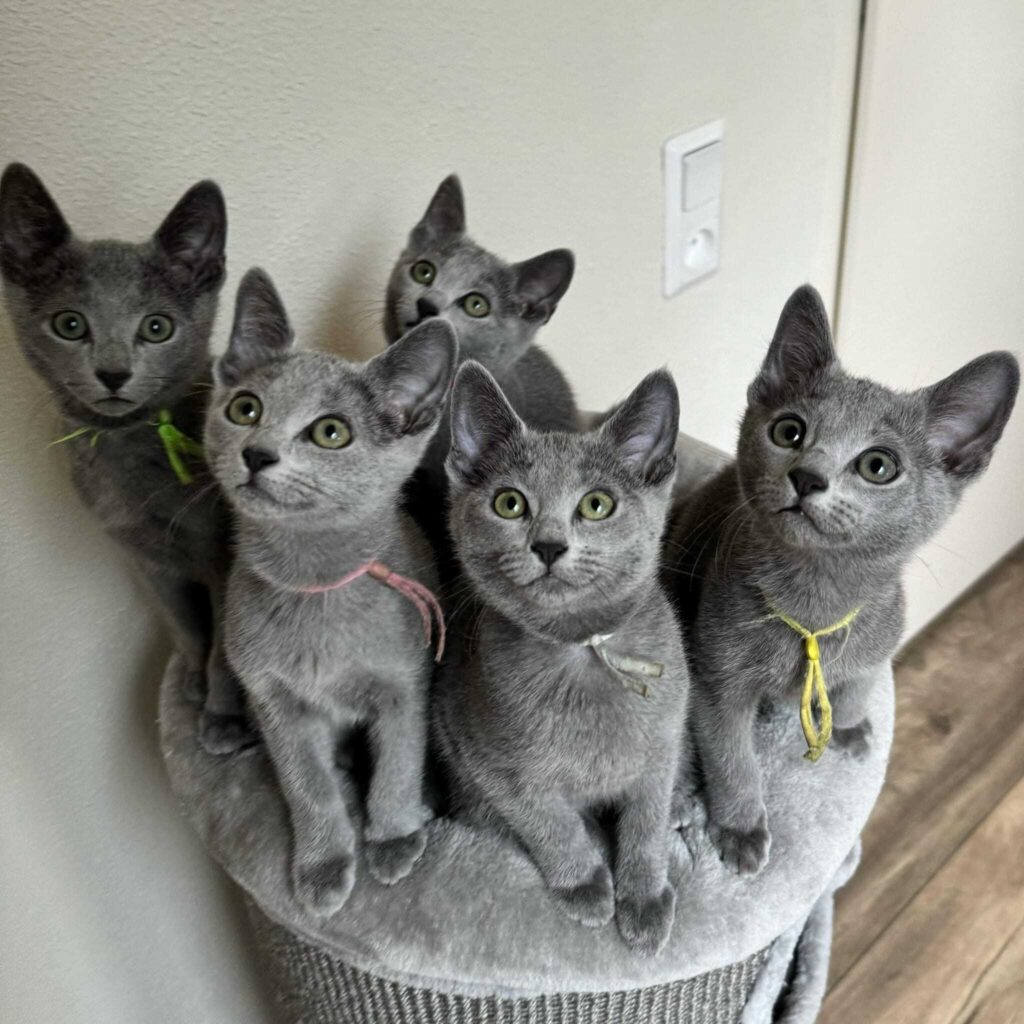The idea that Russian Blue cats are hypoallergenic has gained traction among allergy sufferers seeking a feline companion. While the term “hypoallergenic” suggests a breed that won’t trigger allergic reactions, the reality is more nuanced and rooted in biology rather than marketing. Russian Blues do exhibit traits that make them more tolerable for some individuals with cat allergies, but understanding why requires a closer look at the science of allergens and the breed’s unique physiology.
Cat allergies are primarily caused by a protein called Fel d 1, which is found in a cat’s saliva, skin, and dander. When cats groom themselves, this protein is transferred to their fur and subsequently released into the environment. Inhaling or coming into contact with Fel d 1 can trigger symptoms ranging from sneezing and itchy eyes to more severe respiratory issues. Russian Blues are believed to produce lower levels of this protein compared to other breeds, which may reduce the intensity of allergic reactions in sensitive individuals. However, the reduction is relative, not absolute, and varies from cat to cat.
Scientific studies on Fel d 1 production across breeds are limited but growing. Preliminary research suggests that genetic factors influence how much of the protein a cat produces, and Russian Blues appear to fall on the lower end of the spectrum. This doesn’t mean they are allergen free, but it does indicate a biological basis for their reputation. Anecdotal evidence from owners and breeders supports this claim, with many reporting fewer allergy symptoms when living with Russian Blues compared to other breeds like Persians or Maine Coons, which tend to produce higher levels of Fel d 1.
Beyond protein levels, the Russian Blue’s grooming habits and coat structure contribute to their allergen profile. Their dense double coat traps dander more effectively, reducing airborne particles. They also groom themselves meticulously, which paradoxically helps limit the spread of allergens by keeping their fur cleaner. Regular brushing and bathing can further minimize allergen dispersion, especially when combined with air filtration systems and frequent cleaning of household surfaces.
Environmental factors play a significant role in how allergens affect individuals. The same Russian Blue may cause mild symptoms in one person and severe reactions in another, depending on immune sensitivity, exposure levels, and home hygiene. Allergy sufferers considering this breed should spend time with a Russian Blue before committing, ideally in a controlled setting, to gauge their personal response. Consulting an allergist and conducting a skin or blood test for cat specific allergens can provide additional clarity.
Marketing labels like “hypoallergenic” often oversimplify complex biological realities. While Russian Blues offer a lower risk option for many allergy sufferers, they are not a guaranteed solution. Their appeal lies in a combination of reduced allergen production, fastidious grooming, and a coat that minimizes dander spread. These traits, when paired with responsible care and environmental management, can make cohabitation more comfortable for sensitive individuals.
Choosing a cat should involve more than just allergen considerations. Russian Blues are known for their intelligence, emotional sensitivity, and quiet loyalty. Their hypoallergenic reputation is just one facet of a breed that offers depth, elegance, and companionship. For those willing to approach the decision with curiosity and care, the Russian Blue presents a compelling option one that blends science, personality, and practicality in a way few breeds can match.
Related Cat Breeds:

